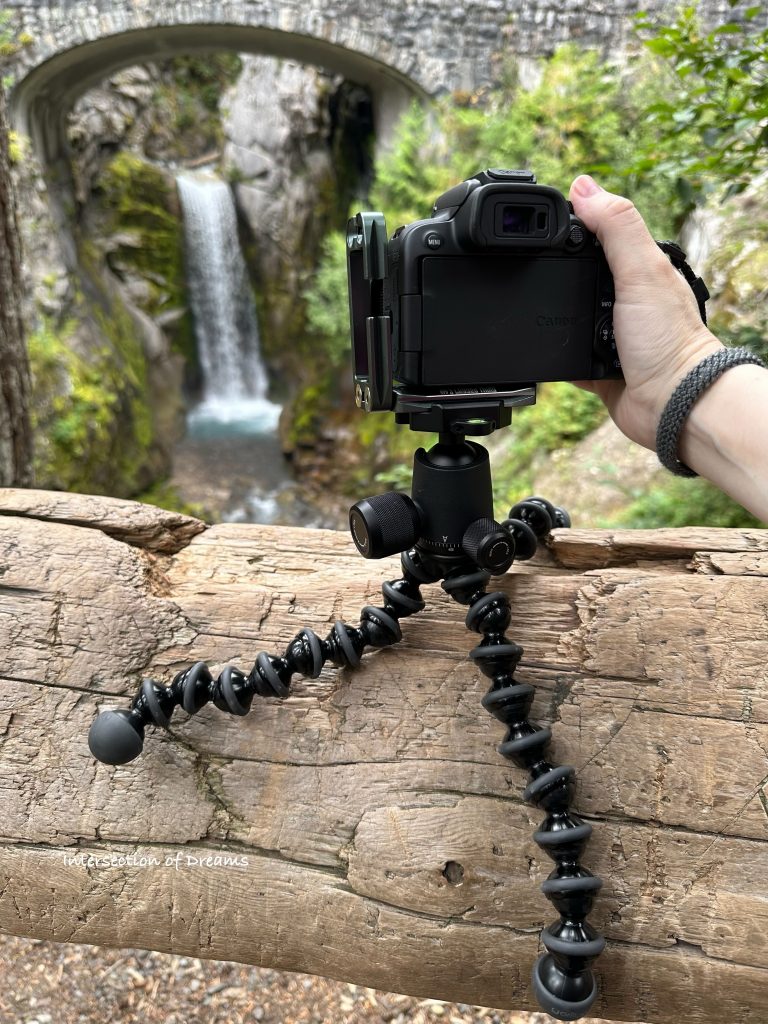Last month I had some time off work and I was able to book an overnight trip to Mount Rainier for some mountain wandering and photo opportunities, and the chance to just get away for a while. However, my plans were off to a rough start when I went for a walk the Saturday before I left and my beloved Canon M50 Mk2 camera had a sudden, somewhat spectacular failure partway through sunset.
Brought it home and did a little research, and it looks like the poor little guy had a major electrical failure:
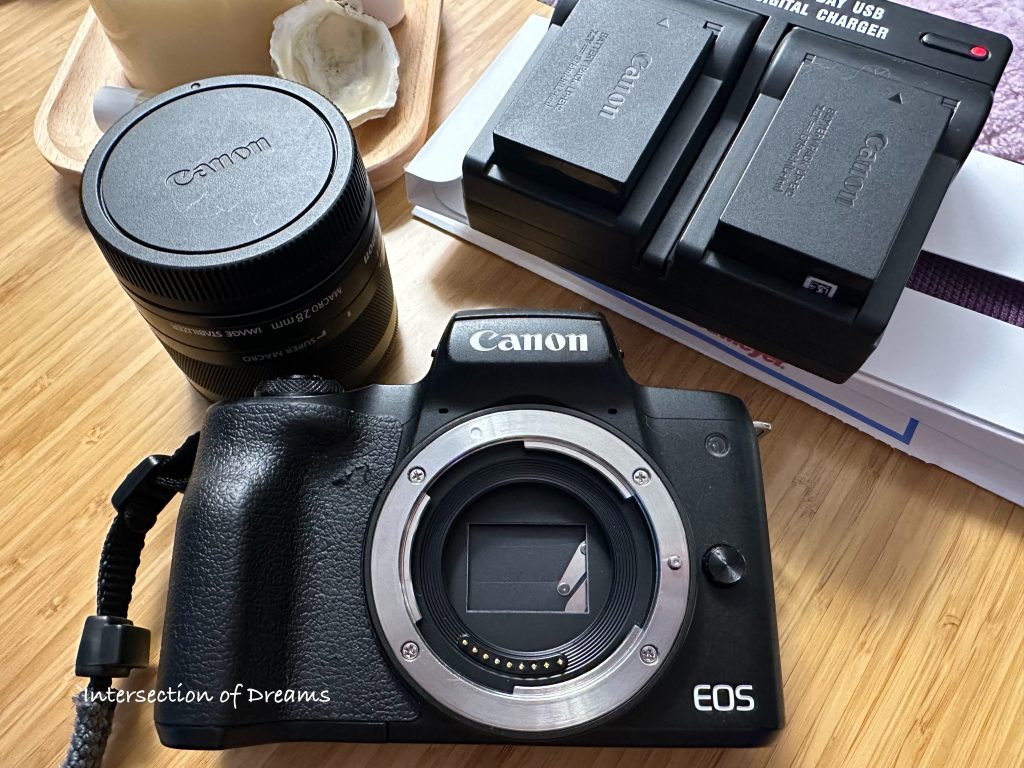
A quick check of my options showed that it simply wasn’t possible to get a replacement M50 (or M of any kind) camera in time for my trip, and going to Mount Rainier without a working camera (besides the iPhone) was simply not an option for me. So on Sunday I made the trek up to the awesome local Seattle camera dealer to try out some Canon R-series options.
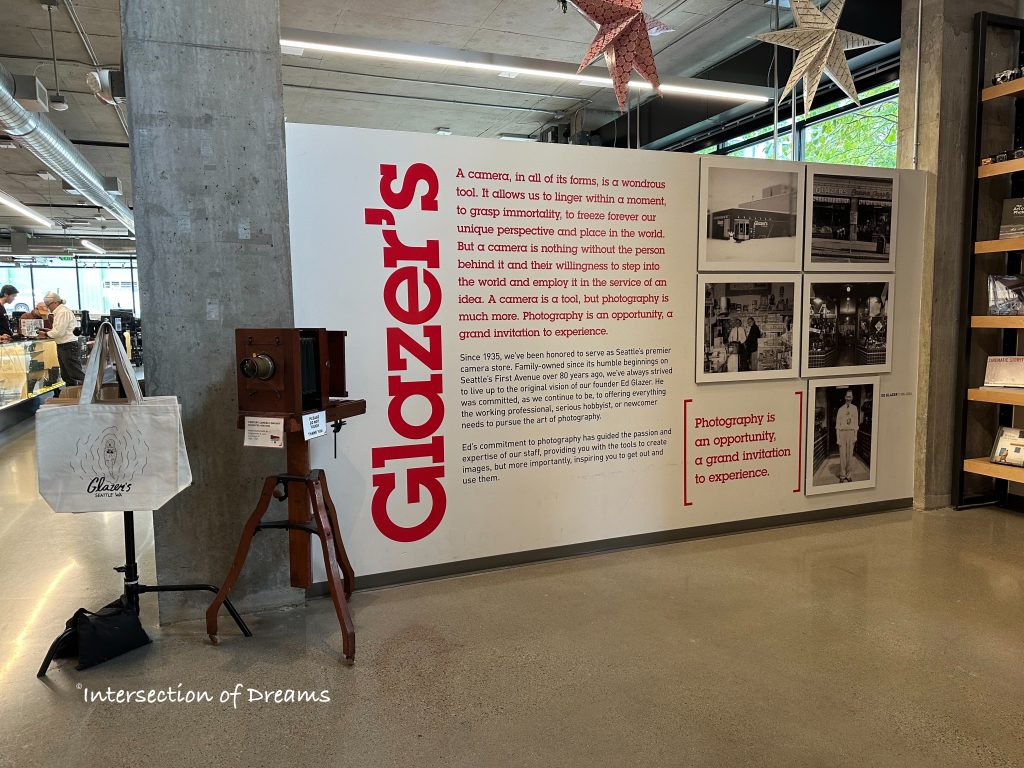
My research the previous evening had narrowed my options to three likely choices:
- Canon EOS R7 – my first choice based on reviews and functions. Weather sealed, good battery life, dual card slots, high megapixel sensor
- Canon EOS R10 – slightly smaller and lighter than the R7, with a different sensor but an excellent layout of the camera controls and well regarded for image quality
- Canon EOS R8 – the “token” full frame option, the smallest and lightest of Canon’s full frame camera options. Considered for the wider field of view and the increased depth of field available on portrait and macro photos
After successfully navigating through the toll tunnel in downtown Seattle (that ALWAYS makes me uncomfortable, no matter how many times I go through it) I arrived at Glazer’s a few minutes after they opened and headed straight for the Canon counter.
I was disappointed to eliminate the R7 immediately when I picked it up, it’s a beautiful camera but nearly as large and heavy as my old dSLRs, and with my health issues I simply cannot carry that much weight in gear any longer. The R8 was a very strong contender, still a bit larger than I’d like and lacking a couple convenient control dials but the trade-off for full frame would have been worth those drawbacks.
However, the R10 was an absolute best choice, in terms of size, quality, and comfort. Picking it up and navigating the controls immediately felt natural, and brought a feeling reminiscent of my old Canon 60D dSLR which was my favorite camera ever, but now in a lighter weight.
With the camera selected, that made my lens choice fairly simple, as the R10 kit includes an RF-S 18-150mm lens which is great for walk-around and also supports the RF-S 10-18mm ultrawide which is my favorite alternate lens. I also added a 24mm macro lens, for those glamorous garden photos.
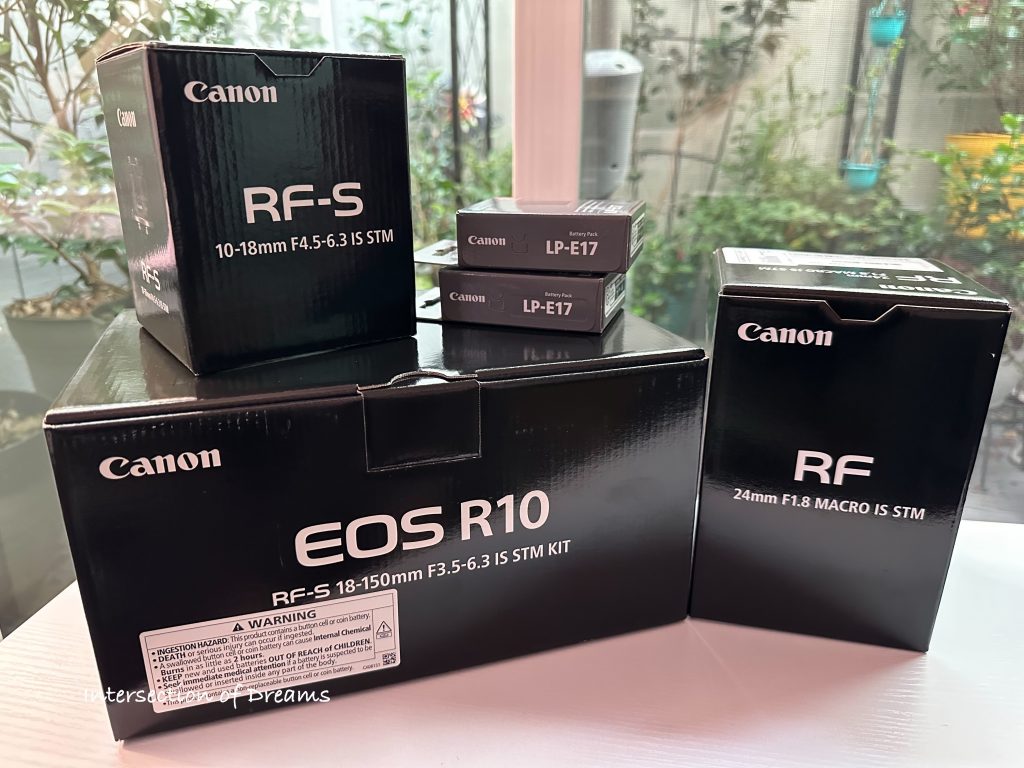
With only two days to adapt to the new camera system before my trip, I immediately headed out for a walk and some sunset photos. Fortunately the R10, while a good bit larger than my beloved M50, is still more than light enough to be supported with my favorite flexible Gorillapod and 3 Legged Thing ballhead.
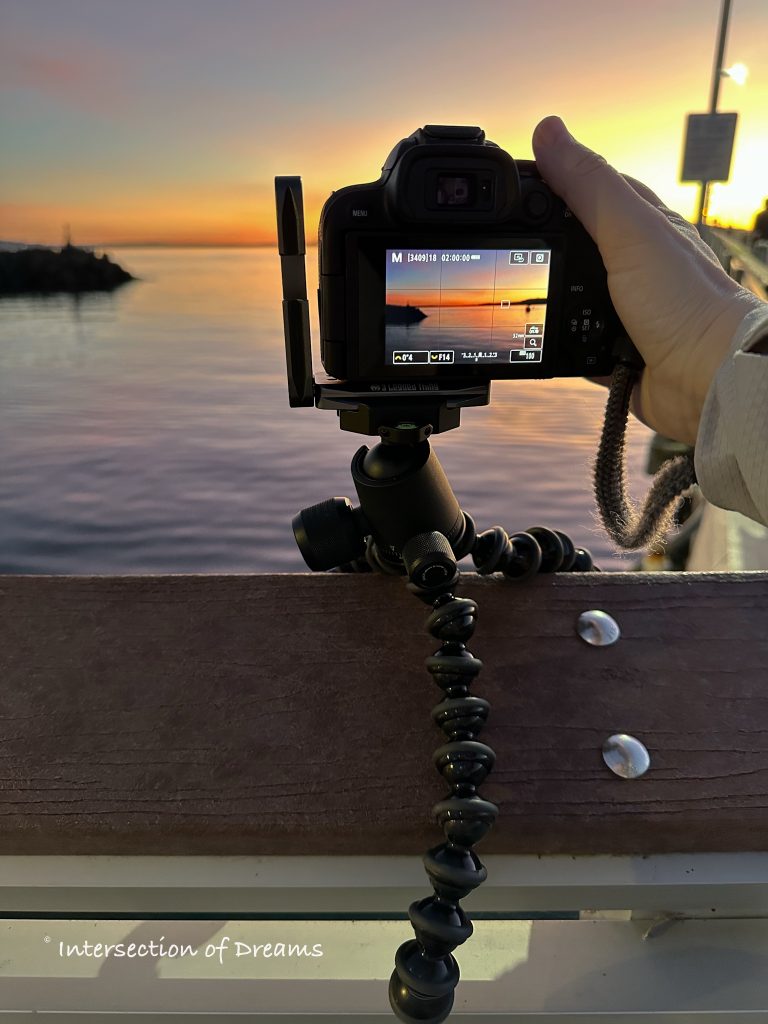
Making the exposure adjustments is considerably easier on the new R10, which has more dials in better places than the M50 (poor ergonomics were my only complaint about it!) And the RF-S 18-150mm lens performed just as well as the EF-M version I had used on the M50.
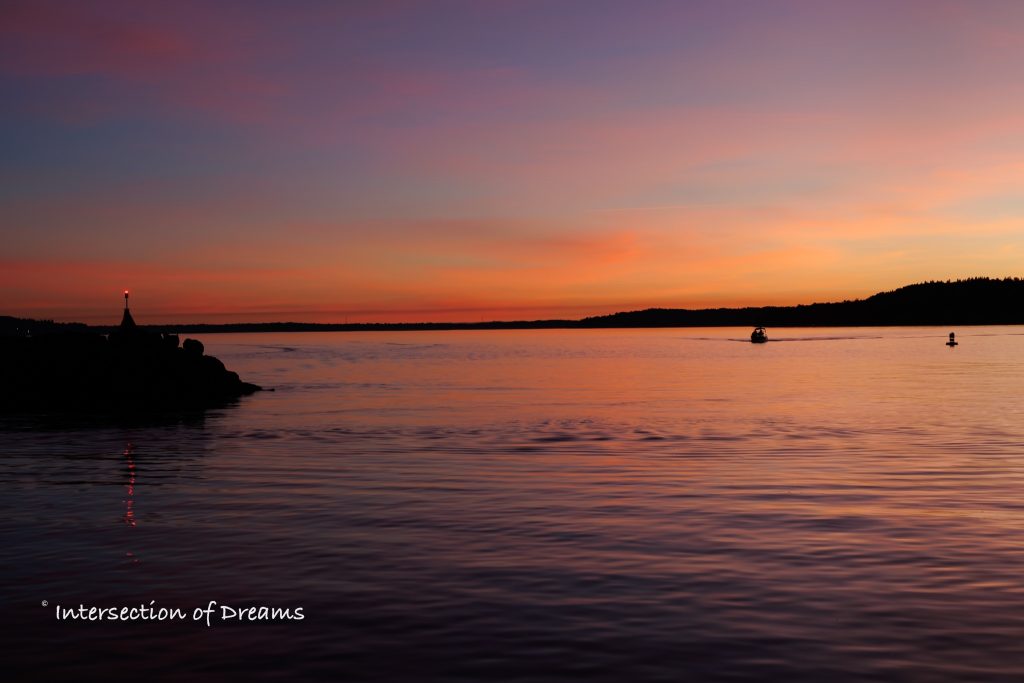
The ultrawide lens option on the R series is a bit different, on the M series I’d been using an EF-M 11-22mm which was a great range, but the R option is an RF-S 10-18 similar to the EF-S 10-18mm I had years ago with my 60D. Happily the RF-S 10-18mm is just as fabulous as the other ultrawide lenses, and with the Image Stabilization it can still take surprisingly sharp photos at an amazingly low shutter speed when hand-held.
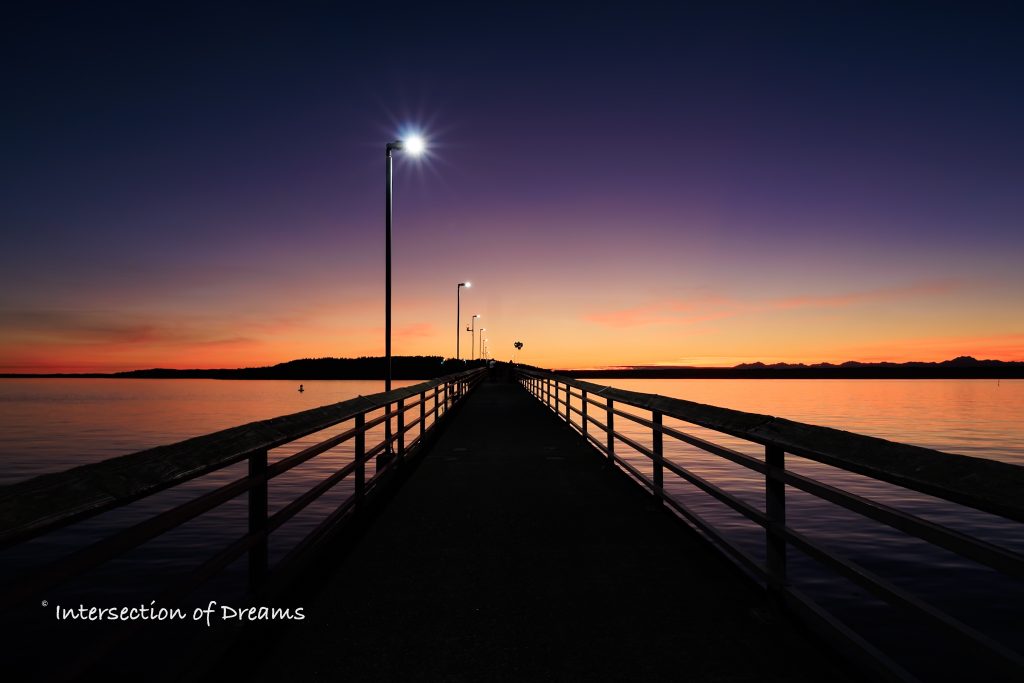
After a couple days getting used to the controls and starting to adapt to the modalities of the new camera, I packed up my gear and headed up to Mount Rainier. That’s a story for another post, but I can definitely say I am glad I upgraded my camera before the trip, even though it was quite unplanned.
